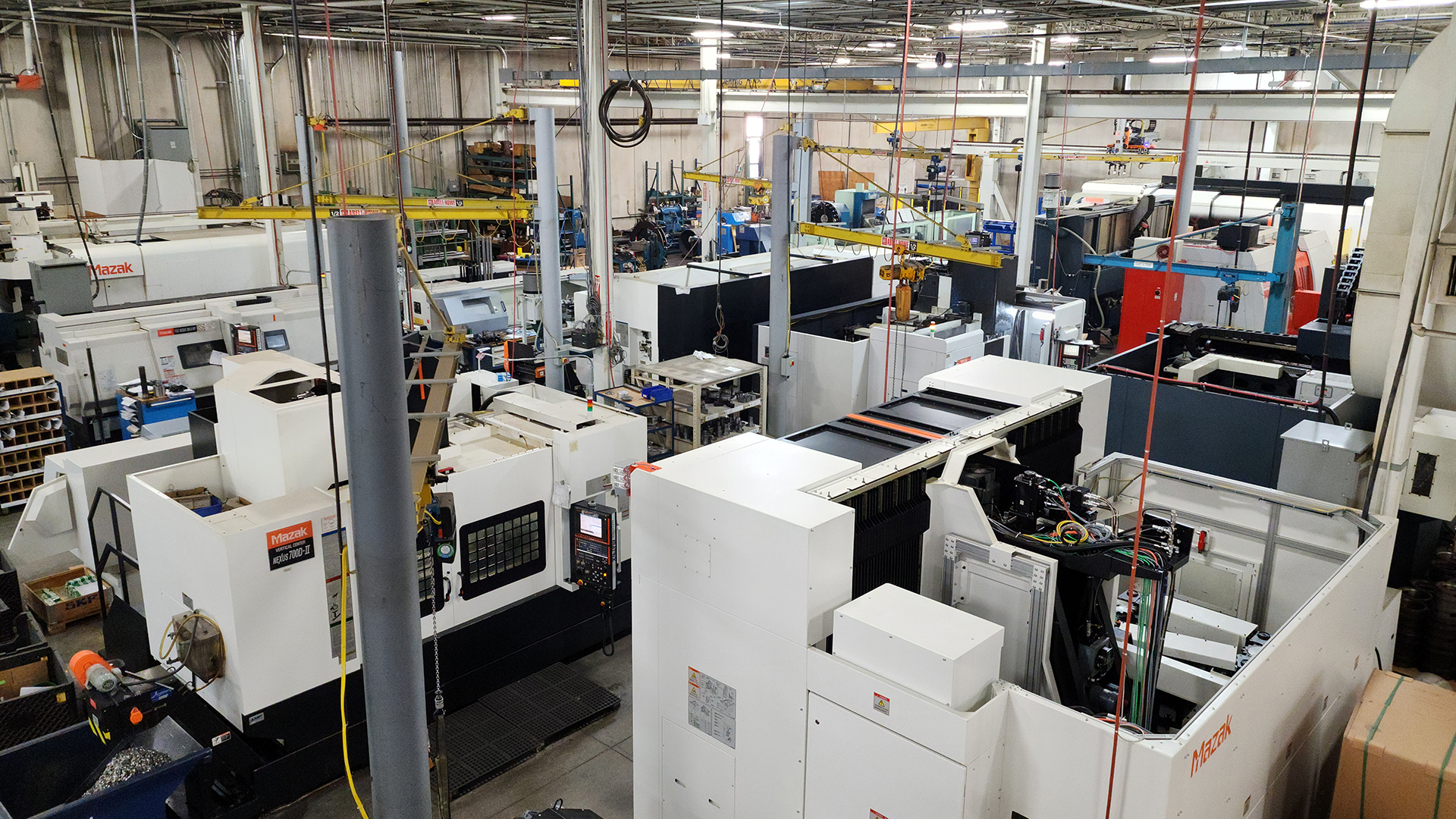
An Engineer’s Tale
In this month’s executive Q&A, NAM spoke exclusively to Van der Graaf (VDG) owner and president Alex Kanaris. Learn more about what brought this electrical engineer to the world of industrial drum motors and his view for the mines of tomorrow.
Thanks for your time, Alex. Please share a little about your background. What brought you to mining?
I am an electrical engineer by trade. I designed the first industrial drum motor in 1985; I started working on it in 1982 and it took 2.5 years to complete. That first design now hangs on the wall in my office. Right now, I hold 26 total patents in my name, all related to drum motors.
In my early experience, I worked for an electric motor company and freelanced with motor manufacturers for motor design. At that time, industrial conveyors were only driven by external motor and gearbox. My idea was to move all drive components of a belt conveyor inside the roller or head pulley.
How did your product line-up begin with mining, or other applications? How has mining changed that line?
VDG’s entry into mining began in 1992 when a coal mining company in West Virginia requested an explosion proof drum motor. At that time, the max drum motor VDG manufactured was 10 horsepower and this application required a 50 horsepower. We designed the 50 hp, explosion proof and MSHA-approved drum motor for underground coal mining applications. Currently, VDG designs and manufactures drum motors up 500 hp to cover other mining industry applications.
Mining, much like the other industries VDG has serviced – including aggregates, food, airports, postal, parcel, and warehousing – the factors required to calculate the horsepower of a conveyor drive depends on the length, width, incline, belt speed and load of the conveyor.
View original article